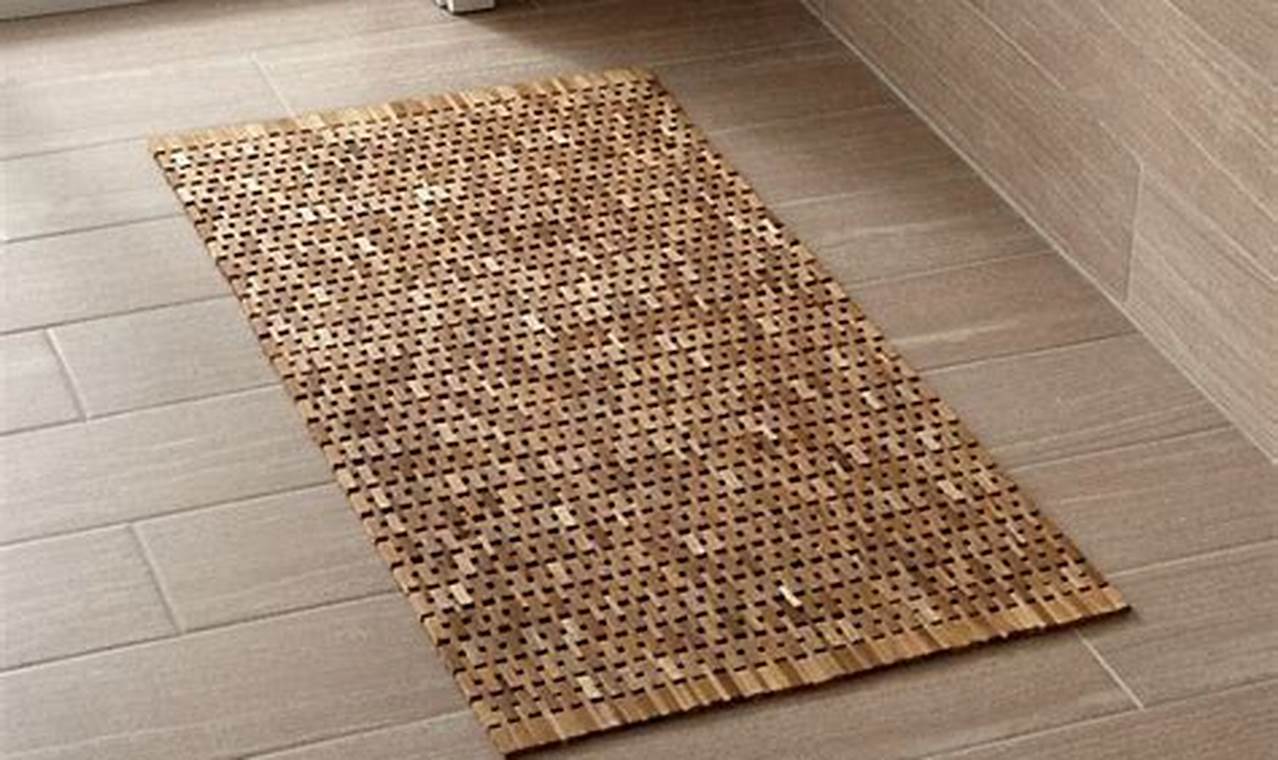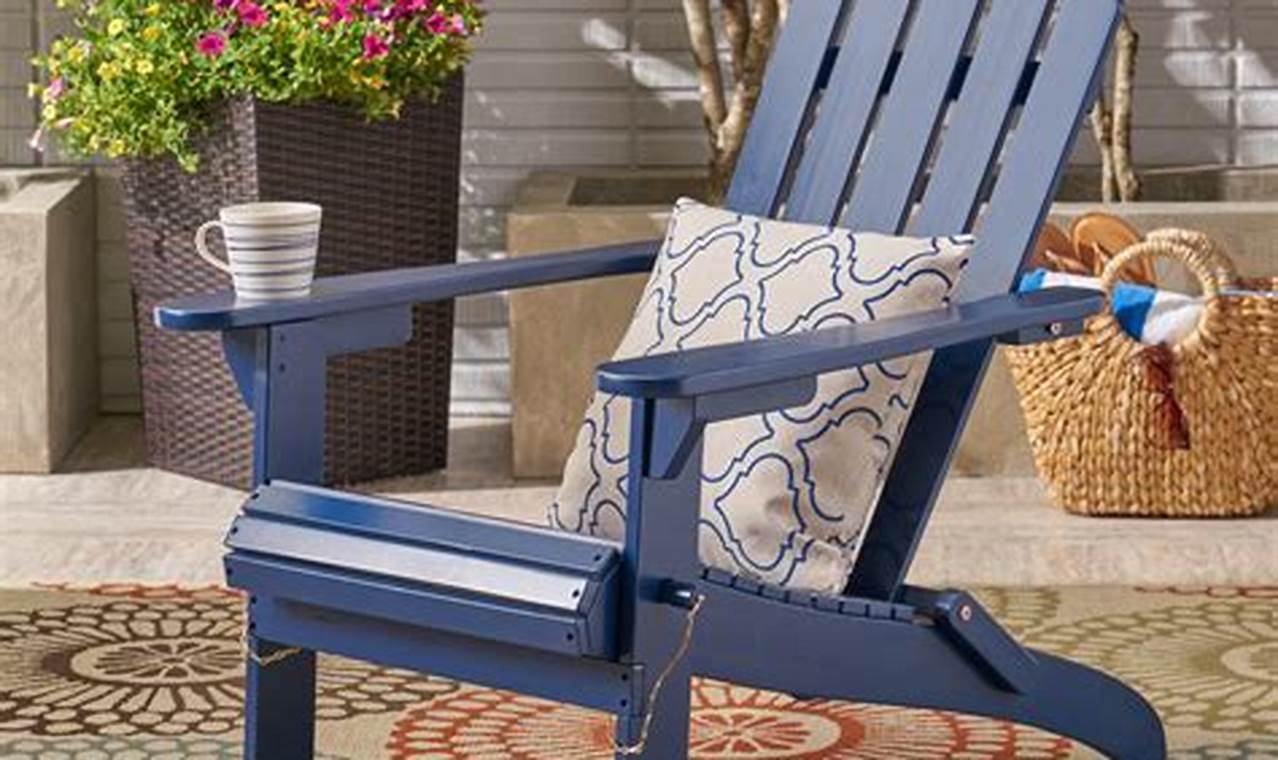Have you ever wondered what wood canvas is? It’s a relatively new material that is made from a thin layer of wood that is bonded to a canvas backing. This creates a strong, durable, and lightweight material that is perfect for a variety of applications.
Editor’s Note: This article on “wood canvas” is published today to provide a comprehensive wood canvas guide to help readers make the most informed decisions about this exciting new material.
Our team has done extensive research and analysis on wood canvas, and we’ve put together this guide to help you understand everything you need to know about this versatile material.
| Key Differences | Wood Canvas |
|---|---|
| Material | Thin layer of wood bonded to a canvas backing |
| Strength | Strong and durable |
| Weight | Lightweight |
| Applications | Suitable for a variety of applications, including wall art, furniture, and accessories |
Main Article Topics
- What is wood canvas?
- How is wood canvas made?
- What are the benefits of wood canvas?
- What are the applications of wood canvas?
- Where can I buy wood canvas?
Wood Canvas
Wood canvas is a versatile material with a wide range of applications. It is made from a thin layer of wood that is bonded to a canvas backing, creating a strong, durable, and lightweight material.
- Material: Wood and canvas
- Construction: Thin layer of wood bonded to a canvas backing
- Properties: Strong, durable, lightweight
- Applications: Wall art, furniture, accessories
- Benefits: Natural look, easy to work with, affordable
- Cost: Varies depending on the type of wood and canvas used
- Availability: Can be purchased online or at home improvement stores
- Sustainability: Made from renewable resources
- Popularity: Growing in popularity due to its versatility and affordability
Wood canvas is a versatile material that can be used for a variety of applications. It is a strong and durable material that is also lightweight and easy to work with. Wood canvas is also a sustainable material that is made from renewable resources. As a result, it is becoming increasingly popular for use in both residential and commercial applications.
Material
Wood and canvas are the two main materials used to create wood canvas. Wood provides strength and durability, while canvas provides flexibility and a natural look. The combination of these two materials creates a versatile material that is well-suited for a variety of applications.
- Strength and Durability: Wood is a strong and durable material that can withstand wear and tear. This makes wood canvas a good choice for applications where durability is important, such as furniture and flooring.
- Flexibility: Canvas is a flexible material that can be easily shaped and formed. This makes wood canvas a good choice for applications where flexibility is important, such as wall art and upholstery.
- Natural Look: Wood canvas has a natural look that can add warmth and character to any space. This makes it a good choice for applications where a natural aesthetic is desired, such as home dcor and retail displays.
- Sustainability: Wood and canvas are both renewable resources. This makes wood canvas a sustainable material that is good for the environment.
The combination of strength, durability, flexibility, and natural look makes wood canvas a versatile material that is well-suited for a variety of applications. It is a sustainable material that is also affordable and easy to work with.
Construction
The construction of wood canvas involves bonding a thin layer of wood to a canvas backing. This unique construction method gives wood canvas its characteristic strength, durability, and flexibility.
The thin layer of wood provides strength and rigidity, while the canvas backing provides flexibility and a natural look. The combination of these two materials creates a versatile material that is well-suited for a variety of applications, including wall art, furniture, and accessories.
The bonding process is critical to the quality of wood canvas. A strong bond between the wood and canvas ensures that the material will be durable and long-lasting. Various adhesives can be used to bond the two materials, but the most common type is a water-based adhesive.
The thickness of the wood layer can vary depending on the desired application. For example, a thicker wood layer will be more durable and rigid, while a thinner wood layer will be more flexible and lightweight.
The type of canvas used can also affect the properties of wood canvas. For example, a canvas made from natural fibers will be more breathable and eco-friendly, while a canvas made from synthetic fibers will be more durable and water-resistant.
Overall, the construction of wood canvas is a key factor that determines its properties and applications. By understanding the construction of wood canvas, you can make informed decisions about which type of wood canvas is right for your project.
| Wood Canvas | |
|---|---|
| Construction | Thin layer of wood bonded to a canvas backing |
| Properties | Strong, durable, flexible, lightweight |
| Applications | Wall art, furniture, accessories |
Properties
The properties of wood canvas make it a versatile material that is well-suited for a variety of applications. Its strength and durability make it ideal for use in furniture, flooring, and other applications where durability is important. Its light weight makes it easy to transport and install, making it a good choice for large-scale projects.
One of the most important properties of wood canvas is its strength. The thin layer of wood provides rigidity and support, while the canvas backing provides flexibility and tear resistance. This combination of strength and flexibility makes wood canvas a good choice for applications where durability is important, such as furniture and flooring.
Another important property of wood canvas is its light weight. Wood canvas is significantly lighter than traditional wood, making it easy to transport and install. This makes it a good choice for large-scale projects, such as trade show displays and retail fixtures.
The combination of strength, durability, and light weight makes wood canvas a versatile material that is well-suited for a variety of applications. It is a sustainable material that is also affordable and easy to work with.
| Property | Description |
|---|---|
| Strength | Wood canvas is strong and durable, making it ideal for use in furniture, flooring, and other applications where durability is important. |
| Durability | Wood canvas is resistant to wear and tear, making it a good choice for applications where durability is important. |
| Light weight | Wood canvas is significantly lighter than traditional wood, making it easy to transport and install. |
Applications
Wood canvas is a versatile material that can be used for a variety of applications, including wall art, furniture, and accessories. Its unique combination of strength, durability, and light weight makes it an ideal choice for a wide range of projects.
- Wall art: Wood canvas is a popular choice for wall art because it is lightweight and easy to hang. It can be used to create a variety of different looks, from traditional to modern. Wood canvas is also a good choice for outdoor wall art, as it is resistant to fading and water damage.
- Furniture: Wood canvas can be used to create a variety of different furniture pieces, including chairs, tables, and beds. It is a durable material that can withstand everyday use. Wood canvas furniture is also easy to care for and can be cleaned with a damp cloth.
- Accessories: Wood canvas can also be used to create a variety of different accessories, such as lamps, picture frames, and coasters. It is a versatile material that can be used to add a touch of style to any room.
The applications of wood canvas are endless. It is a versatile material that can be used to create a variety of different products, from wall art to furniture to accessories. Its strength, durability, and light weight make it an ideal choice for a wide range of projects.
Benefits
Wood canvas offers a number of benefits that make it a popular choice for a variety of applications. These benefits include its natural look, ease of use, and affordability.
The natural look of wood canvas is one of its most appealing features. Wood canvas has the look and feel of real wood, but it is much lighter and more affordable. This makes it a good choice for applications where a natural aesthetic is desired, such as home dcor and retail displays.
Wood canvas is also very easy to work with. It can be cut, shaped, and painted just like wood, but it is much easier to handle. This makes it a good choice for DIY projects and for applications where speed and efficiency are important.
Finally, wood canvas is very affordable. It is significantly less expensive than traditional wood, making it a good choice for budget-conscious projects. Despite its low cost, wood canvas is still a durable and long-lasting material.
The combination of its natural look, ease of use, and affordability make wood canvas a versatile material that is well-suited for a variety of applications. It is a sustainable material that is also easy to transport and install.
| Benefit | Description |
|---|---|
| Natural look | Wood canvas has the look and feel of real wood, but it is much lighter and more affordable. |
| Easy to work with | Wood canvas can be cut, shaped, and painted just like wood, but it is much easier to handle. |
| Affordable | Wood canvas is significantly less expensive than traditional wood, making it a good choice for budget-conscious projects. |
Cost
The cost of wood canvas can vary depending on the type of wood and canvas used. This is because different types of wood and canvas have different properties and characteristics that affect their cost.
- Type of wood: The type of wood used in wood canvas can have a significant impact on its cost. For example, hardwoods, such as oak and maple, are more expensive than softwoods, such as pine and fir. This is because hardwoods are more durable and have a more attractive grain pattern.
- Type of canvas: The type of canvas used in wood canvas can also affect its cost. For example, natural fiber canvases, such as cotton and linen, are more expensive than synthetic fiber canvases, such as polyester and nylon. This is because natural fiber canvases are more durable and have a more natural look and feel.
- Size: The size of the wood canvas can also affect its cost. Larger wood canvases are more expensive than smaller wood canvases. This is because larger wood canvases require more materials and labor to produce.
- Finish: The finish of the wood canvas can also affect its cost. For example, wood canvases with a clear finish are less expensive than wood canvases with a painted or stained finish. This is because clear finishes are easier to apply and require less labor.
By understanding the factors that affect the cost of wood canvas, you can make informed decisions about which type of wood canvas is right for your project.
Availability
The availability of wood canvas has been greatly enhanced by the rise of online retailers and home improvement stores. This has made it easier than ever to find and purchase wood canvas in a variety of sizes, styles, and finishes.
- Online retailers: Online retailers, such as Amazon and Etsy, offer a wide selection of wood canvas from different manufacturers. This makes it easy to compare prices and find the best deal on wood canvas.
- Home improvement stores: Home improvement stores, such as Home Depot and Lowe’s, also sell wood canvas. This is a good option for people who want to see the wood canvas in person before they buy it.
- Local suppliers: In addition to online retailers and home improvement stores, there are also many local suppliers that sell wood canvas. This is a good option for people who want to support local businesses.
The availability of wood canvas from a variety of sources has made it a more accessible and affordable material for a variety of projects. Whether you are a professional or a DIY enthusiast, you can easily find the wood canvas you need to complete your project.
Sustainability
Wood canvas is a sustainable material because it is made from renewable resources. Wood is a natural material that can be grown and harvested without depleting the environment. Canvas is a natural fiber that is made from cotton or linen. Both wood and canvas are biodegradable materials that can be recycled or composted at the end of their useful life.
The sustainability of wood canvas is an important consideration for many consumers. In today’s world, there is a growing awareness of the importance of environmental protection. Consumers are increasingly looking for products that are made from sustainable materials.
The use of sustainable materials in wood canvas production has several benefits. First, it helps to reduce the environmental impact of wood canvas production. Second, it helps to conserve natural resources. Third, it helps to promote the development of a more sustainable economy.
| Wood Canvas | |
|---|---|
| Sustainability | Made from renewable resources |
| Environmental Impact | Low environmental impact |
| Conservation of Natural Resources | Conserves natural resources |
| Promotion of Sustainable Economy | Promotes the development of a more sustainable economy |
The sustainability of wood canvas is a key factor that contributes to its popularity. Consumers are increasingly looking for products that are made from sustainable materials. Wood canvas is a sustainable material that is made from renewable resources. It has a low environmental impact and helps to conserve natural resources. As a result, wood canvas is a good choice for consumers who are looking for a sustainable product.
Popularity
The popularity of wood canvas is growing due to its versatility and affordability. Wood canvas is a versatile material that can be used for a variety of applications, including wall art, furniture, and accessories. It is also a relatively affordable material, making it a good choice for budget-conscious consumers.
The versatility of wood canvas is one of its key selling points. It can be used to create a wide range of products, from simple wall art to complex furniture pieces. Wood canvas is also easy to work with, making it a good choice for DIY projects.
The affordability of wood canvas is another major factor contributing to its popularity. Wood canvas is significantly less expensive than traditional wood, making it a more accessible option for many consumers. Despite its low cost, wood canvas is still a durable and long-lasting material.
The combination of versatility and affordability makes wood canvas a popular choice for a variety of applications. It is a sustainable material that is also easy to transport and install. As a result, wood canvas is expected to continue to grow in popularity in the years to come.
Key Insights
- Wood canvas is a versatile material that can be used for a variety of applications.
- Wood canvas is a relatively affordable material, making it a good choice for budget-conscious consumers.
- The combination of versatility and affordability makes wood canvas a popular choice for a variety of applications.
| Wood Canvas | |
|---|---|
| Versatility | Can be used for a variety of applications, including wall art, furniture, and accessories. |
| Affordability | Significantly less expensive than traditional wood. |
| Popularity | Growing in popularity due to its versatility and affordability. |
Wood Canvas FAQs
This FAQ section provides answers to common questions and misconceptions about wood canvas. By addressing these frequently asked questions, we aim to enhance your understanding and provide valuable insights about this versatile material.
Question 1: What is wood canvas?
Answer: Wood canvas is a composite material made from a thin layer of wood bonded to a canvas backing. It combines the natural look and texture of wood with the flexibility and lightweight properties of canvas.
Question 2: What are the benefits of using wood canvas?
Answer: Wood canvas offers several advantages, including its natural aesthetic appeal, durability, versatility, and affordability. It is also lightweight and easy to work with, making it a practical choice for various applications.
Question 3: Is wood canvas suitable for outdoor use?
Answer: While wood canvas has some water resistance, it is not recommended for prolonged outdoor use without proper treatment or protection. Exposure to moisture can lead to warping or damage over time.
Question 4: How do I care for wood canvas?
Answer: Regular cleaning with a damp cloth is sufficient for most applications. Avoid using harsh chemicals or abrasive cleaners. For outdoor use, consider applying a sealant or protective coating to enhance its durability.
Question 5: Can wood canvas be painted or stained?
Answer: Yes, wood canvas can be painted or stained to achieve desired colors or finishes. However, it is recommended to use paints or stains specifically designed for wood surfaces to ensure proper adhesion and durability.
Question 6: Is wood canvas environmentally friendly?
Answer: Yes, wood canvas is considered an eco-friendly material. Wood is a renewable resource, and canvas is often made from natural fibers such as cotton or linen. Furthermore, wood canvas can be recycled at the end of its life cycle, reducing waste.
Understanding these frequently asked questions can help you make informed decisions when considering wood canvas for your projects. Its unique properties and versatility make it a valuable material for various applications, from wall art and furniture to accessories and home dcor.
To learn more about wood canvas and its potential uses, continue reading the provided comprehensive guide.
Tips for Using Wood Canvas Effectively
Wood canvas offers unique opportunities for creative expression and functional applications. Here are key tips to harness its potential and achieve successful results:
Tip 1: Consider the Application
Determine the intended use of the wood canvas. Whether for wall art, furniture, or accessories, understanding the purpose will guide material selection, design, and finishing.
Tip 2: Choose the Right Wood and Canvas
Different types of wood and canvas impact the appearance and properties of the final product. Consider factors such as durability, grain pattern, and texture to align with the desired outcome.
Tip 3: Prepare the Surface Properly
Ensure the wood canvas surface is clean, smooth, and free of debris. Proper preparation enhances paint or stain adhesion, resulting in a flawless finish.
Tip 4: Use Appropriate Paints or Stains
Select paints or stains specifically designed for wood surfaces. These products provide optimal adhesion and durability, ensuring the longevity of the finished piece.
Tip 5: Apply Protective Coatings
For outdoor applications or areas prone to moisture, consider applying a sealant or protective coating. This layer safeguards the wood canvas from damage caused by water, UV rays, or wear and tear.
Tip 6: Handle with Care
Wood canvas, while durable, can be susceptible to scratches or dents. Handle it with care during transportation, installation, and daily use to preserve its aesthetic appeal.
Tip 7: Explore Creative Techniques
Incorporate wood canvas into unique projects by experimenting with different techniques. Consider carving, engraving, or decoupage to add depth and personalization to your creations.
Tip 8: Maintain Regularly
Regular cleaning and maintenance ensure the longevity and beauty of wood canvas. Avoid harsh chemicals or abrasive cleaners. Use a damp cloth for routine cleaning and reapply protective coatings as needed.
By following these tips, you can effectively utilize wood canvas to create stunning and durable pieces that enhance your living spaces or serve functional purposes.
Wood Canvas
Through this comprehensive exploration, we have gained valuable insights into the nature, properties, and applications of wood canvas. Its unique combination of strength, durability, versatility, and affordability makes it a compelling choice for a wide range of projects.
As we move towards a more sustainable future, the eco-friendly nature of wood canvas becomes increasingly significant. Its use promotes the conservation of natural resources and reduces environmental impact. The growing popularity of wood canvas is a testament to its versatility, affordability, and sustainability.
Youtube Video:




